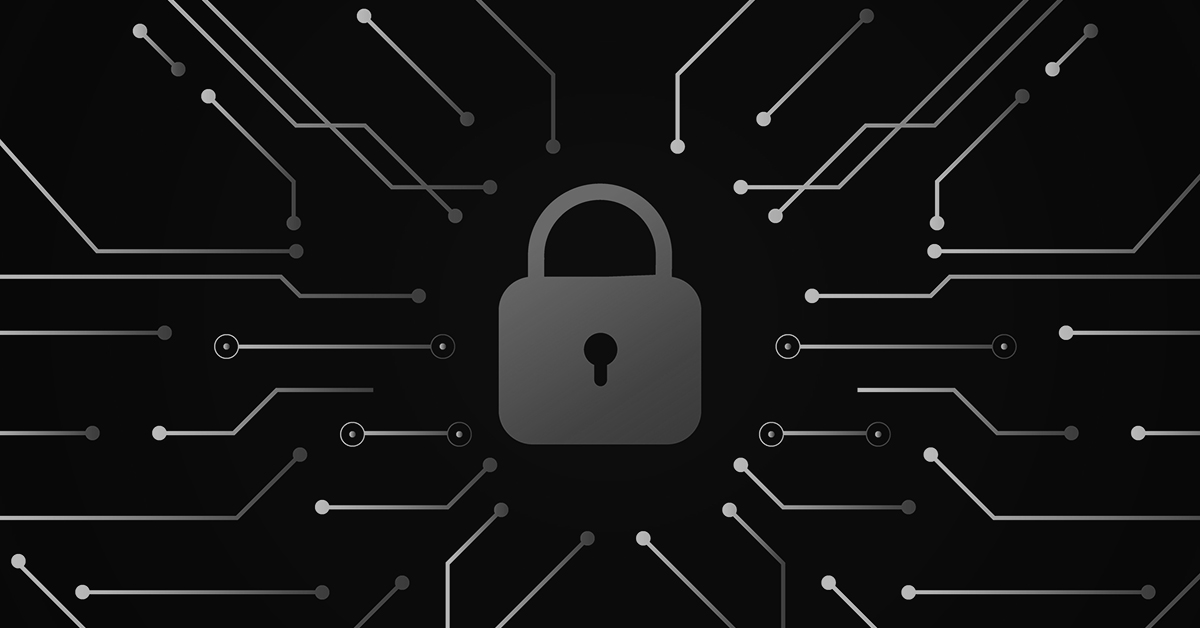- Why I recommend this OnePlus phone over the S25 Ultra - especially at this new low price
- I replaced my laptop with Microsoft's 12-inch Surface Pro for weeks - here's my buying advice now
- This palm recognition smart lock doubles as a video doorbell (and has no monthly fees)
- Samsung is giving these Galaxy phones a big One UI upgrade - here's which models qualify
- 7 MagSafe accessories that I recommend every iPhone user should have
The Role of Security Configuration Management (SCM) in Preventing Cyberattacks

In the intricate realm of cybersecurity, the relentless surge of cyber threats demands a constant reassessment of defensive strategies. Amidst this dynamic landscape, a subtle yet indispensable player takes center stage — Security Configuration Management (SCM). This blog embarks on an insightful journey into the critical role played by SCM in the ongoing battle against cyberattacks, shedding light on its ability to pinpoint and rectify system misconfigurations.
The Security Configuration Management (SCM) process assumes a crucial role within any organization, serving as a pivotal element in thwarting cyberattacks. It is the process of establishing and maintaining a secure configuration for an organization’s information security systems and applications. The overall goal of SCM is to reduce security vulnerabilities and improve the overall system’s security posture by ensuring that every system is configured in accordance with established security policies, frameworks, and best practices.
Below are some ways in which SCM contributes to the prevention of cyberattacks:
Configuration Baseline: Defining a foundational configuration for every system and application is an essential initial step. It is important to understand and document the ideal state of a system for your organization. This makes it possible to know when that has drifted. A baseline configuration acts as a reference point, providing a standardized set of parameters and settings that serve as a benchmark for comparison and evaluation. SCM can provide you with the documentation of a system that can be used as evidence to support audits.
Continuous Monitoring: Monitor and assess the configurations of each system and application regularly to ensure they remain in compliance with the required security standards. Monitoring is a not only regarded as a best practice, but it is an element of both PCI DSS, as well as NIST Guidance.
Change Management: Implement a robust change management process to track and control the number of modifications made to the configurations. By implementing a well-defined and comprehensive change management process, organizations can significantly reduce the risk of unauthorized or unintended deviations that may introduce security vulnerabilities, ensuring the stability and security of their systems. Not all change management is related to vulnerabilities. As every system administrator knows, some patches can detrimentally affect a system. A good change management system can help to easily identify the cause of the problem.
Real-time Alerts and Notifications: Security configuration management typically issues real-time alerts and notifications upon detecting any alterations. This strategy enables the security team to promptly assess the systems and address any vulnerabilities before cyber-attacks can exploit them. SCM can also be set to automatically restore the desired configuration in the event of an unauthorized modification.
Vulnerability Assessment: Regularly conduct system scans to detect vulnerabilities and weaknesses in configurations as part of a scheduled routine. You can proactively identify and address vulnerabilities, reducing the likelihood of successful cyberattacks and enhancing your organization’s overall security posture.
Remediation: Detecting misconfigurations is only the starting point. The true strength of SCM is revealed in its ability to promptly correct these issues. Whether it’s through the automated execution of remediation processes, or by providing intelligent suggestions and steps for manual intervention, SCM ensures the quick and efficient restoration of the system to your prescribed secure state.
Tripwire and Security Configuration Management
In the continuous effort to combat cyber threats, Tripwire’s Security Configuration Management product stands out as a robust protector, proactively thwarting cyberattacks before they have the chance to inflict harm. Through ongoing surveillance, identification, and the resolution steps of misconfigurations, SCM acts as a critical component towards minimizing vulnerabilities and strengthening the foundations of digital infrastructures.
As businesses transition into an era dominated by digital advancements, the adoption of resilient SCM practices becomes more than a mere requirement – it transforms into a strategic necessity to protect against the dynamic and ever-changing landscape of cyber threats.
Contact us to learn how Tripwire’s SCM solution can enhance the security of your systems and mitigate the risk of cyberattacks. We can help you with personalized strategies and proactive measures tailored to safeguard your organization’s digital assets in today’s ever-evolving cybersecurity environment.

